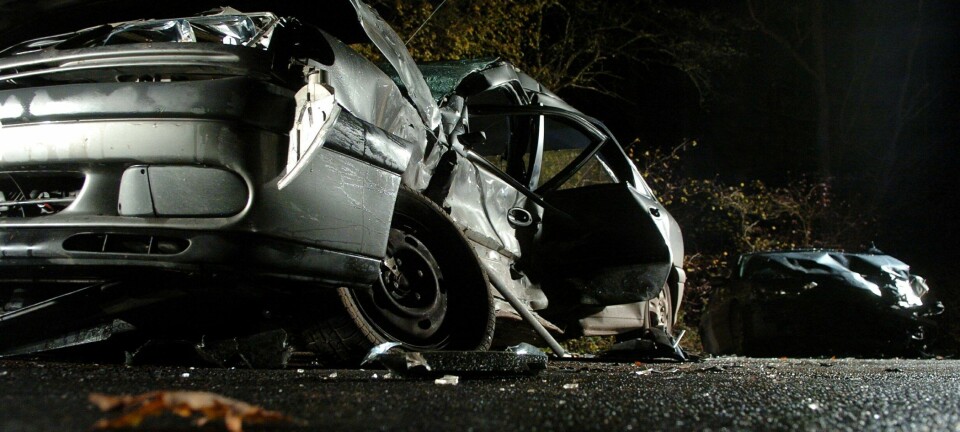
Do reckless drivers generally take more risks?
New research project aims to find out if reckless drivers are generally more willing to take risks in their lives. If so, we may have overestimated the importance that seat belts and drink driving have on road safety.
Some people adopt a new personality the second they get behind the wheel of a car. They drive recklessly, take far too many risks in traffic, ignore the seat belt and may even drive under the influence of alcohol or drugs.
The question is whether this change occurs the moment they turn the key in the ignition, or whether they are actually the same people who generally take greater risks in life – for instance with risky investments.
This is the subject of a new study headed by Kibrom Abay, a postdoctoral fellow at the Department of Economics at the University of Copenhagen, Denmark.
The main objective is not to single out stock exchange dealers as reckless drivers, but rather to sharpen our understanding of just how important factors such as alcohol and the use of seat belts really are in relation to the risk of traffic accidents.
Are reckless drivers risk-taking people?
We cannot see in the existing studies whether the accidents are caused by drivers having consumed alcohol or whether it is because the type of people who engage in drink driving would have driven aggressively regardless of whether or not they had alcohol in their blood.
”We know from previous studies that risky behaviour such as drink driving and driving without a seat belt is a strong indicator of the likelihood of ending up in a traffic accident, and of how serious the accident is,” says Abay.
He says that existing research has failed to take into account two factors, which could have important implications for policy making:
- Firstly, there is the so-called ‘risk compensation effect’, where people e.g. start taking more risks in traffic when they use a seat belt or a bike helmed because they feel more safe.
- Secondly, there is the ’selective recruitment effect’. When safety belt laws are passed, belt wearing rates increase, but casualties decline by smaller percentages than estimated in a simple calculation. This is because those converted from non-use to use are not “recruited” random members of the driving population. Instead, users differ from non-users in many ways that influence safety.
“We cannot see in the existing studies whether the accidents are caused by drivers having consumed alcohol or whether it is because the type of people who engage in drink driving would have driven aggressively regardless of whether or not they had alcohol in their blood.”
Importance of seat belts and alcohol overestimated?
If it turns out that the group of drivers who engage in drink driving are generally more willing to take risks, then perhaps we have overestimated the role of alcohol in these accidents, says Abay.
“We will be looking at whether the willingness to take risks in various aspects of life may be driven by personality traits that give rise to a general tendency for risky behaviour,” he says.
“If it turns out that the role of alcohol in the accidents is more attributable to general personality traits than the actual alcohol intake, then perhaps regulating the alcohol market is not a sufficient instrument to assess these drivers.”
Is there a correlation between risky investments and reckless driving?
As part of the study, Abay will be comparing Danish police records of road accidents and traffic offences with data from the Danish income register.
This provides the researchers with information about how willing people are to take risks with their personal finances.
”From the Danish income register, we can see how much each individual owes, and how much of a person’s income and assets have been invested in risky assets. This will give us an indication of how much risk people are willing to take with their finances,” says the researcher.
“When we compare this with data for traffic accidents, we can see if the same people have a tendency for risky behaviour in traffic and in personal finances.”
He adds that a Danish study (Fosgerau 2005) has previously identified a correlation between high income and high speeds behind the wheel.
------------------
Read the Danish version of this article at videnskab.dk
Scientific links
- "The joint analysis of injury severity of drivers in two-vehicle crashes accommodating seat belt use endogeneity", Transportation Research Part B: Methodological (2013), DOI: 10.1016/j.trb.2013.01.007
- "Examining pedestrian-injury severity using alternative disaggregate models", Research in Transportation Economics (2013), DOI: 10.1016/j.retrec.2012.12.002







